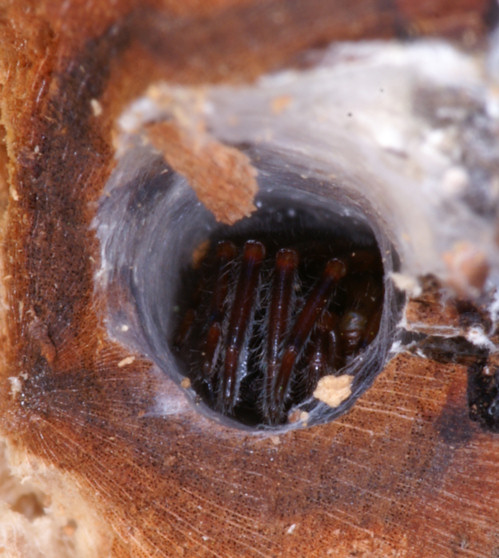
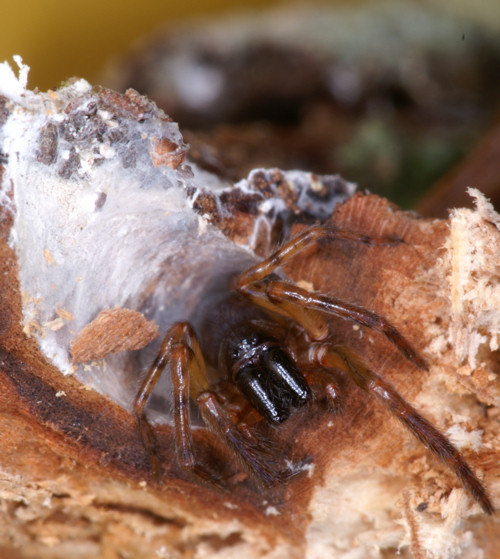
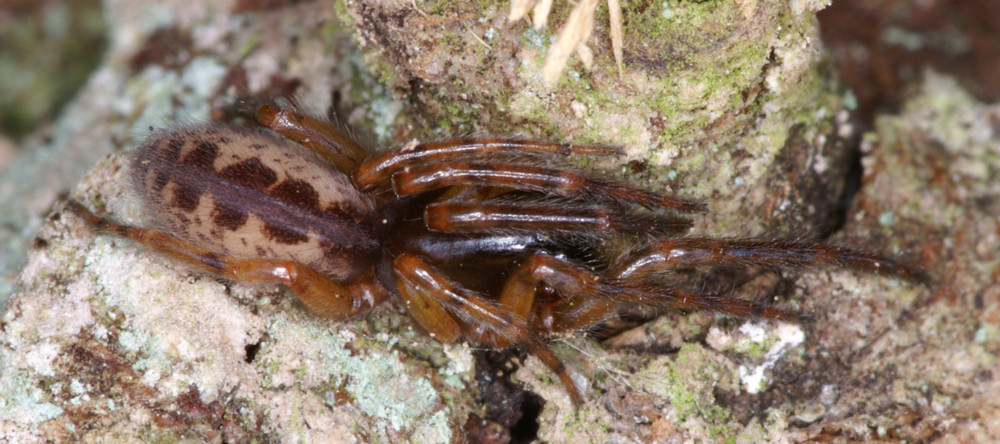
In this family, we can find three species in NW-Europe. The all belong to the genus Segrestria.
These spiders vary in size between 7 and 23 mm and have an elongated body with clear markings.
Like the Dysderidae, Segestriidae and Scytodidae, these spiders also have six eyes. The eyes are arranged three groups of two eyes. They have an elongated, cylindrical abdomen.
All three species have the first three pair of legs directed forward. They can be found on bark or in walls in a tubular retreat.
Where the tube comes out of the crack around ten threads are laid radial over the wall. The spider is nocturnal.
During the night she waits at the end of her retreat with her legs on the threads until a insect stumbles over one of the "trip wires". She attacks very fast and drag the victim in her retreat.
Eggs are laid in the retreat and the mother guard the spiderlings until they disperse. Sometimes the mother dies and is eaten by the little ones.
 |
 |
| Segestria senoculata in her hiding place ready to attack, the attack and outside her hole. | |
 |
|
Genus Segestria
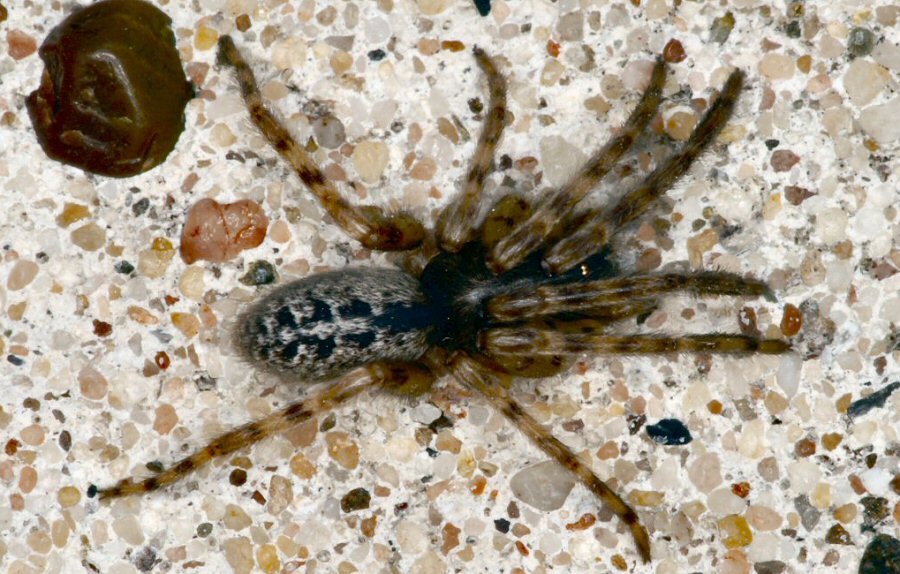 |
|
| Segestria bavarica | |
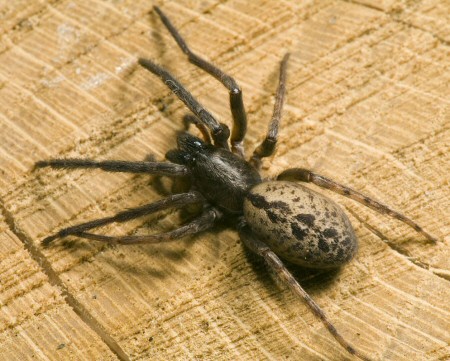 |
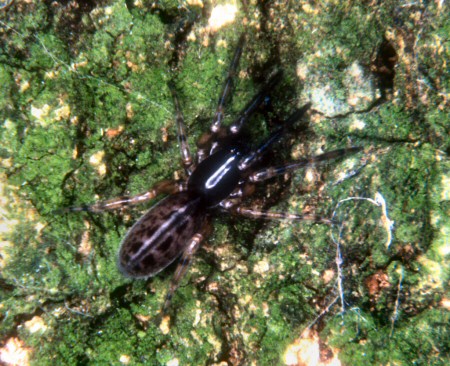 |
| Segestria bavarica found in the coastal area of Den Helder, Holland. The spider is 12 mm large. Photo by Bert Pijs | Segestria senoculata (snake's back spider) is often found under bark but also in cracks in walls. She is around 10 mm large. |
 |
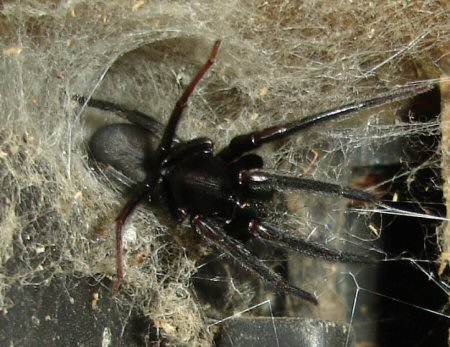  |
| Note that thst this spider has only six eyes instead of eight eyes | Segestria florentina by Jasmijn Kuijper. The spider is around 23 mm large and belongs therefor to one of our largest spiders. The spider can be found in the warmer regions of Europe and Southern-England. This one was found in Zeeuws-Vlaanderen, The Netherlands |
Ed Nieuwenhuys, 4 November 2010
March 18 2008, 12 November 2006, September 22, 2006, December 16, 2005.